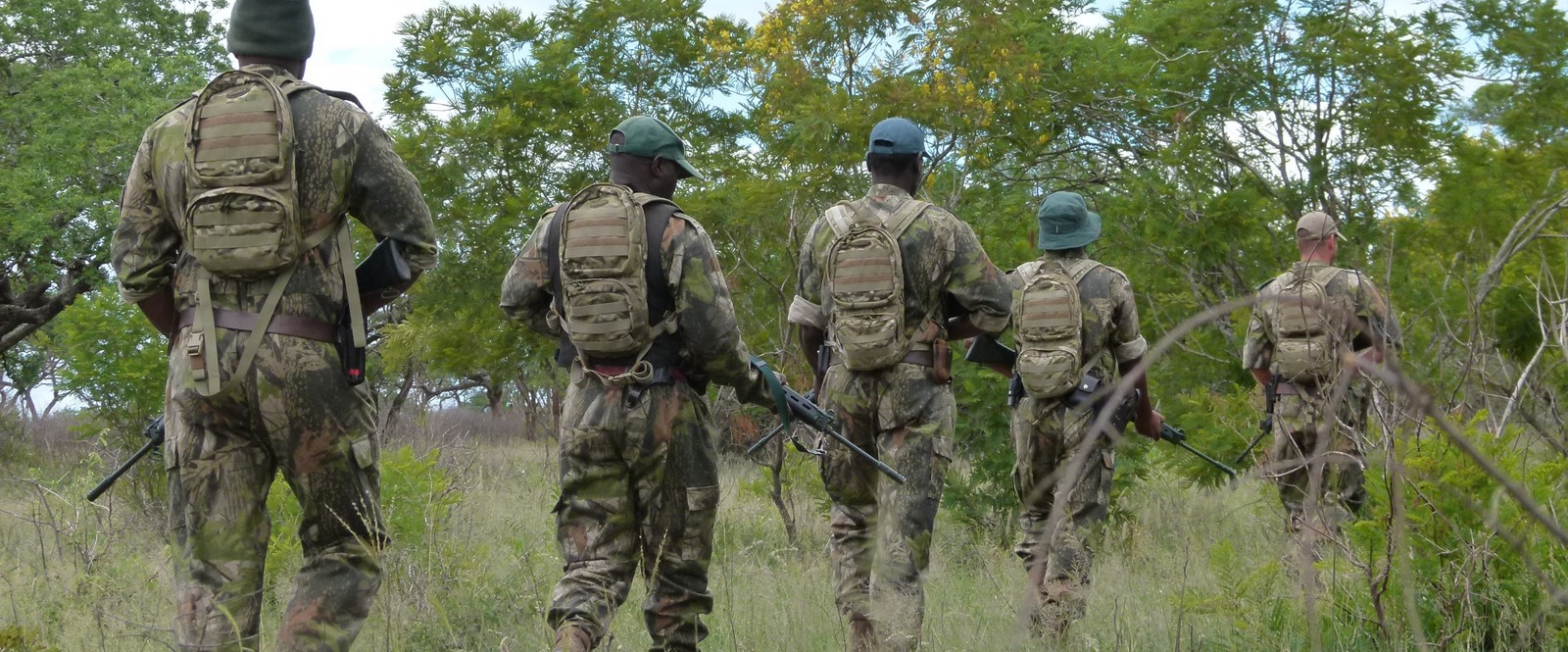David Smith writes in The Guardian on how the South African authorities are stepping up their response to the rhino poaching crisis.
To read the original article, click here.
Comment from Save the Rhino
Calls for South African army to step in as rhino killings double in a year
One of the most worrying aspects of the poaching crisis in South Africa is that the rate of poaching has increased dramatically even during 2010. From January-October overall, the daily rate of rhino poaching is 0.82 animals per day; however, if you look just at the period since 1 September, the daily rate is 1.24 animals per day. If poaching continues at the current rate, then South Africa’s overall rhino population will start to decrease in size from 2013; at the moment, births are still outweighing natural deaths and poaching mortalities.
There have been some significant milestones in the last year to combat poaching:
- The formation of the National Wildlife Crime Reaction Unit, involving SANParks, the provinces, National Police Authority, Hawks, Interpol and the SA National Defence Force has helped coordinate the response at national level
- Rhino poaching has been made a priority crime, and there was an agreement that bail should no longer be granted to suspected rhino poachers
- There have been 119 arrests, with a minimum of 76 cases appearing in court. Although some poaching attempts are still being carried out by local people who have been bribed, an increasing number of the actual poachers are wildlife “professionals”, as seen in the recent arrests of wildlife veterinarians, who know where the rhinos are and have access to equipment. However, to date, all the arrests have been at the lower end of the “food chain”; none of the criminal masterminds has been caught
- Asset forfeiture is a considerable deterrent (7 farms have been confiscated + vehicles and aircraft). A delegation from South Africa, including representatives from TRAFFIC, visited Vietnam in November to discuss cooperative law enforcement measures
And now the South African National Defence Force is being deployed into Kruger National Park, where many of the poaching incidents have taken place. This could be a good thing: more men on the ground with military standard equipment ought to be a better match for the highly sophisticated criminal gangs that use helicopters and so on to target their prey. On the other hand, SANDF personnel did not choose to make their careers in conservation; they do not live, think and breathe rhino conservation. Just one rotten apple could prove a significant threat. (Look at the situation in Nepal, where rhinos in Bardia National Park tumbled from 83 to fewer than 30; some of the poaching was blamed on the army, which had and has anti-poaching responsibilities.) The same goes for private security companies: will their employees prioritise rhino conservation (in return for comparatively high wages), when they could make a fast buck on the side by turning to poaching?
Preventing poaching is only one half of the problem. How do we reduce the demand for rhino horn?
Some say that we, the conservation community, should try to change attitudes in China, Vietnam and other user countries: explain that rhino horn doesn’t actually work as medicine, or encourage a younger generation that using Traditional Chinese Medicine is old-fashioned, and that they’re better of using Western medicine. But with limited resources, large populations and centuries of tradition, we could end up spending large sums and have no impact.
Others are calling for the legalisation of the trade in rhino horn. The problem for rhino managers at the moment – whether in charge of the country’s National Parks or Game Reserves, or those with wildlife on private or community land – is that rhinos are incredibly expensive to protect, and may even now be seen as liabilities. Being able to sell horn, whether from stockpiles of horn (from natural mortalities, dehorning operations or recovered from poachers) would, they argue, generate income for the wildlife industry. There may be merit in this, but we simply do not yet know enough to make an informed decision on whether rhino horn trade would be a good thing. Would supply be able to keep up with demand? How would the market be able to differentiate between legal sources of horn and illegal ones? What are the mechanisms and institutions that would ensure that revenues from rhino horn trade would be reinvested in rhino conservation? There is a lot of work to be done before any legalization proposals can be assessed seriously.
The African Rhino Specialist Group is meeting 4-11 March 2011, and we expect coordinated and costed proposals to tackle rhino poaching at international level to emerge out of those discussions. Meanwhile, we continue to support rhino conservation programmes in Kenya, Tanzania, Zambia, Zimbabwe, Namibia and South Africa (as well as in India and Indonesia), and you can donate to their anti-poaching efforts via our website.
Cathy Dean, Director, Save the Rhino International









